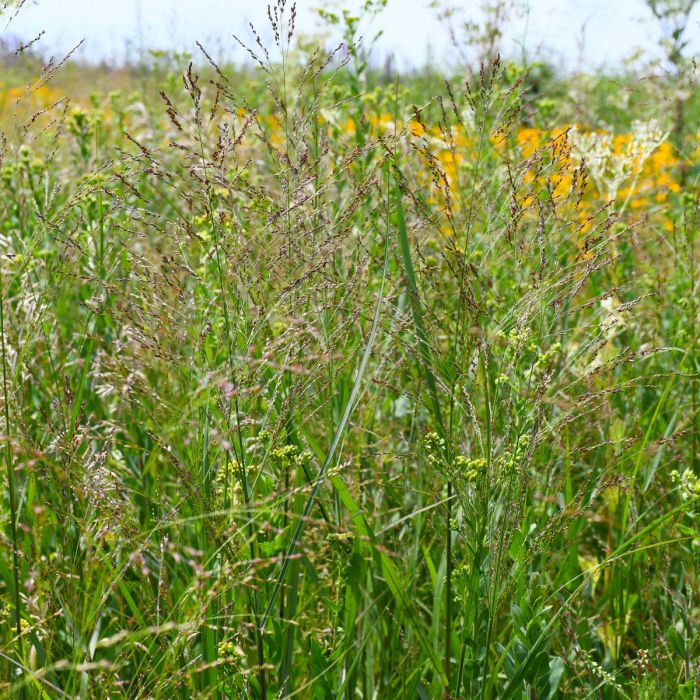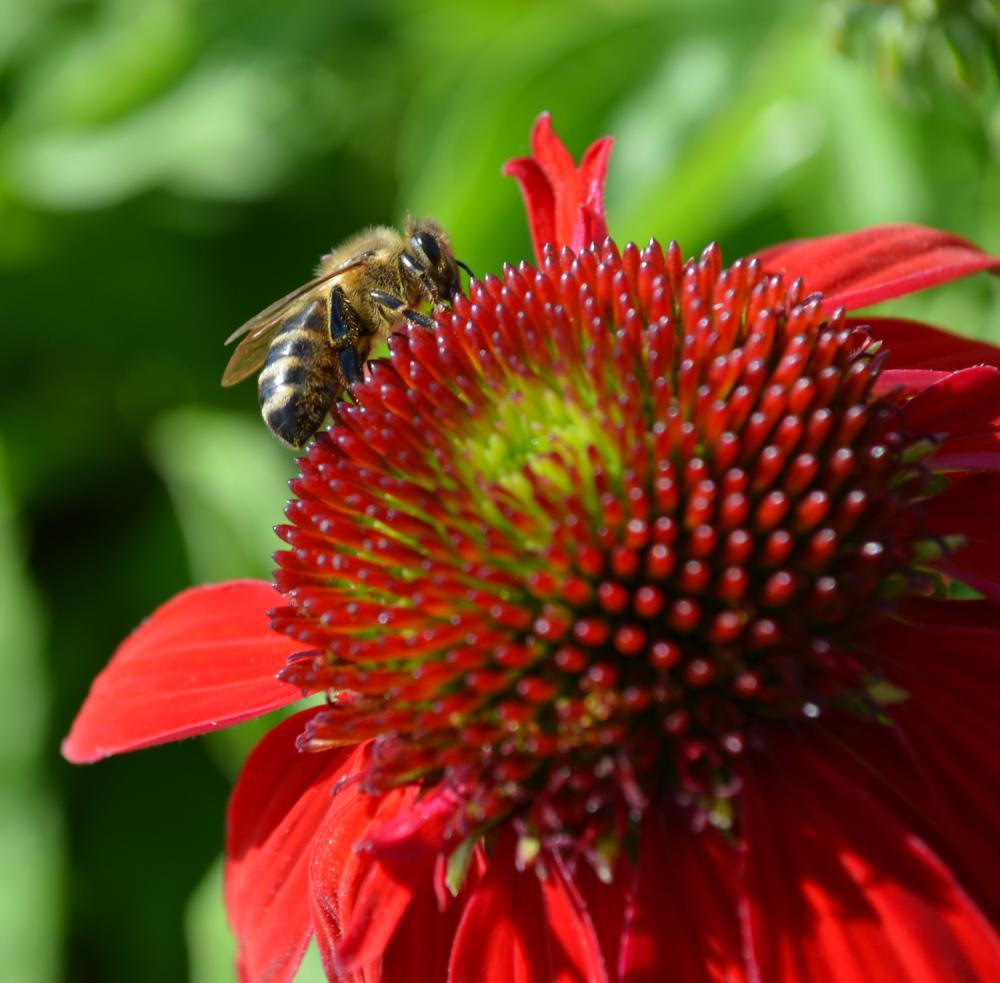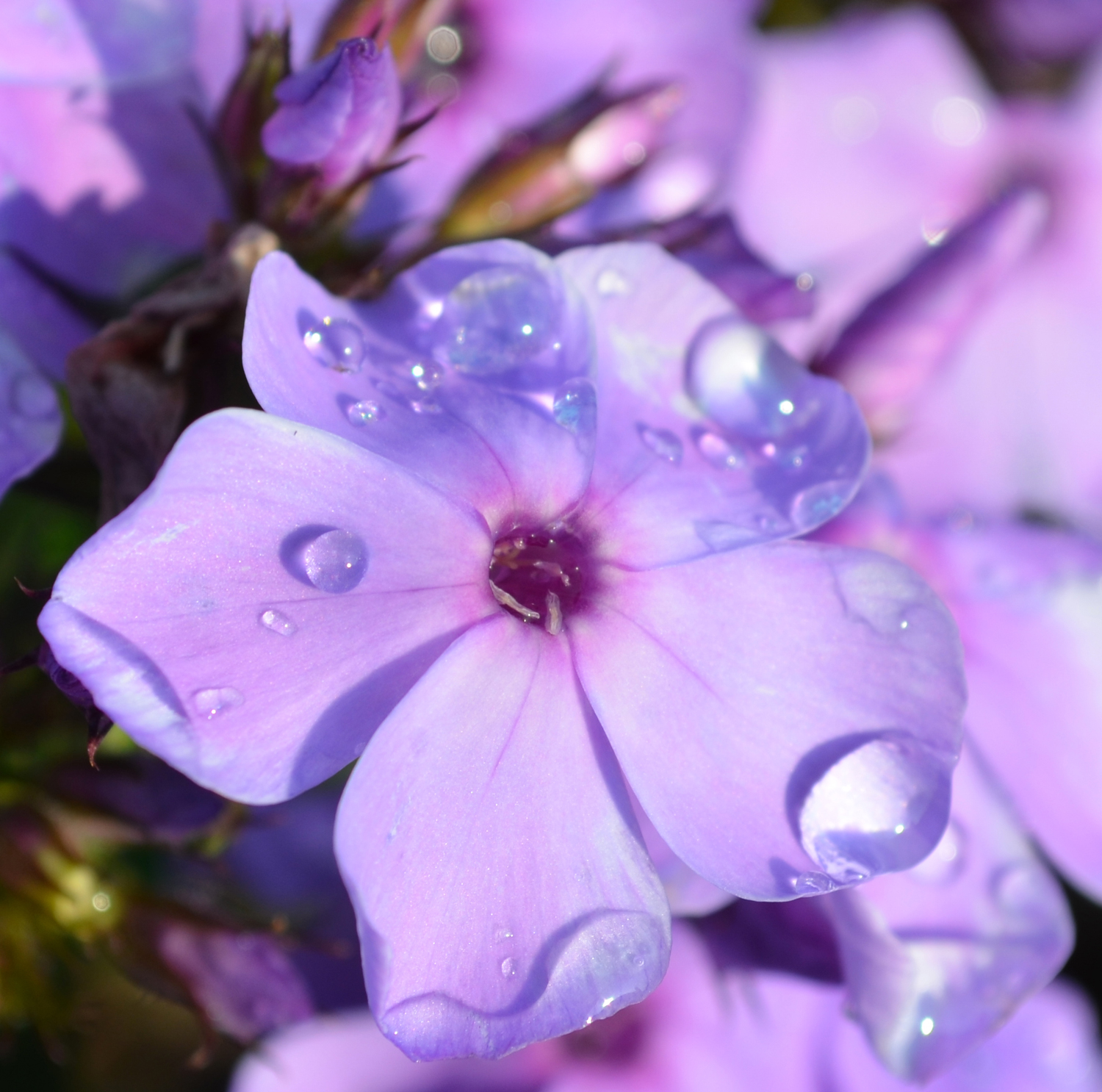Panicum, Switch Grass 'Minnesota Native'




Out of stock
Coming soon, still growing- Sun Preference
- Full-Sun, Part-Sun
- Bloom Time
- August, September
Description
Stiff stems create a dense cover and grows in almost any soil. Seeds provide food for birds. Dry to moist soils.
Minnesota's Largest Selection of Perennials
Discover an unparalleled selection of perennials at Gertens! With the largest variety in Minnesota, we offer endless options of colorful perennials, natives, and pollinator plants to beautify your garden year after year. From vibrant flowers to lush foliage, our perennials are perfect for adding beauty and charm to your outdoor space. Visit Gertens today and see why we're known as Minnesota's Destination Garden Center!
Details
Switch Grass | Panicum virgatum
Height: 5 feet
Spread: 3 feet
Sunlight: Full Sun to Partial Shade
Hardiness Zone: 2b
Description:
Pink-tinged blooms grow in full sun to pt. shade
Uses-Naturalize, Rain Garden
Flower: Showy, Good Cut, Good Dried Leaf
Attracts: Birds
Tolerate: Drought, Erosion, Dry Soil, Wet Soil, Black Walnut, Air Pollution
Ornamental Features
Switch Grass features airy plumes of rose flowers rising above the foliage in mid summer. The brick red seed heads are carried on showy plumes displayed in abundance from late summer to mid fall. Its grassy leaves are green in color. The foliage often turns yellow in fall.
Landscape Attributes
Switch Grass is an herbaceous perennial grass with an upright spreading habit of growth. Its relatively fine texture sets it apart from other garden plants with less refined foliage.
This is a relatively low maintenance plant, and is best cut back to the ground in late winter before active growth resumes. It has no significant negative characteristics.
Switch Grass is recommended for the following landscape applications;
- Accent
- Mass Planting
- General Garden Use
Planting & Growing
Switch Grass will grow to be about 4 feet tall at maturity, with a spread of 3 feet. It tends to be leggy, with a typical clearance of 1 foot from the ground, and should be underplanted with lower-growing perennials. It grows at a medium rate, and under ideal conditions can be expected to live for approximately 15 years. As an herbaceous perennial, this plant will usually die back to the crown each winter, and will regrow from the base each spring. Be careful not to disturb the crown in late winter when it may not be readily seen!
This plant does best in full sun to partial shade. It is very adaptable to both dry and moist locations, and should do just fine under typical garden conditions. It is not particular as to soil type, but has a definite preference for alkaline soils, and is able to handle environmental salt. It is somewhat tolerant of urban pollution. This species is native to parts of North America. It can be propagated by division.
More Information
| Common Family Name | Switchgrass |
|---|---|
| Gerten Grown Plants | Gerten Grown Plants |
| MN Native Plants | MN Native Plants |
| Sun Preference | Full-Sun, Part-Sun |
| Bloom Time | August, September |
| Mature Spread (Range) | 24" - 36" |
| Mature Height (Range) | 37" - 48" |
| USDA Hardiness Zone | 2, 3, 4, 5, 6, 7, 8 |


